“Don’t call it e-commerce”, says Roberta who was born in 1985 and has spent years in the modern and contemporary art world, with its curators, galleries and auction houses. To all effects, My.Prototype is a showcase that catalogues and amasses more than 100 mock-ups and prototypes from archives and design studios, illustrating them in pictures, videos and summaries.
“A prototype is the closest you can come to the designer’s idea. When I am involved with a prototype, it is as if I were touching the idea and experiencing the illusion of caressing it.”
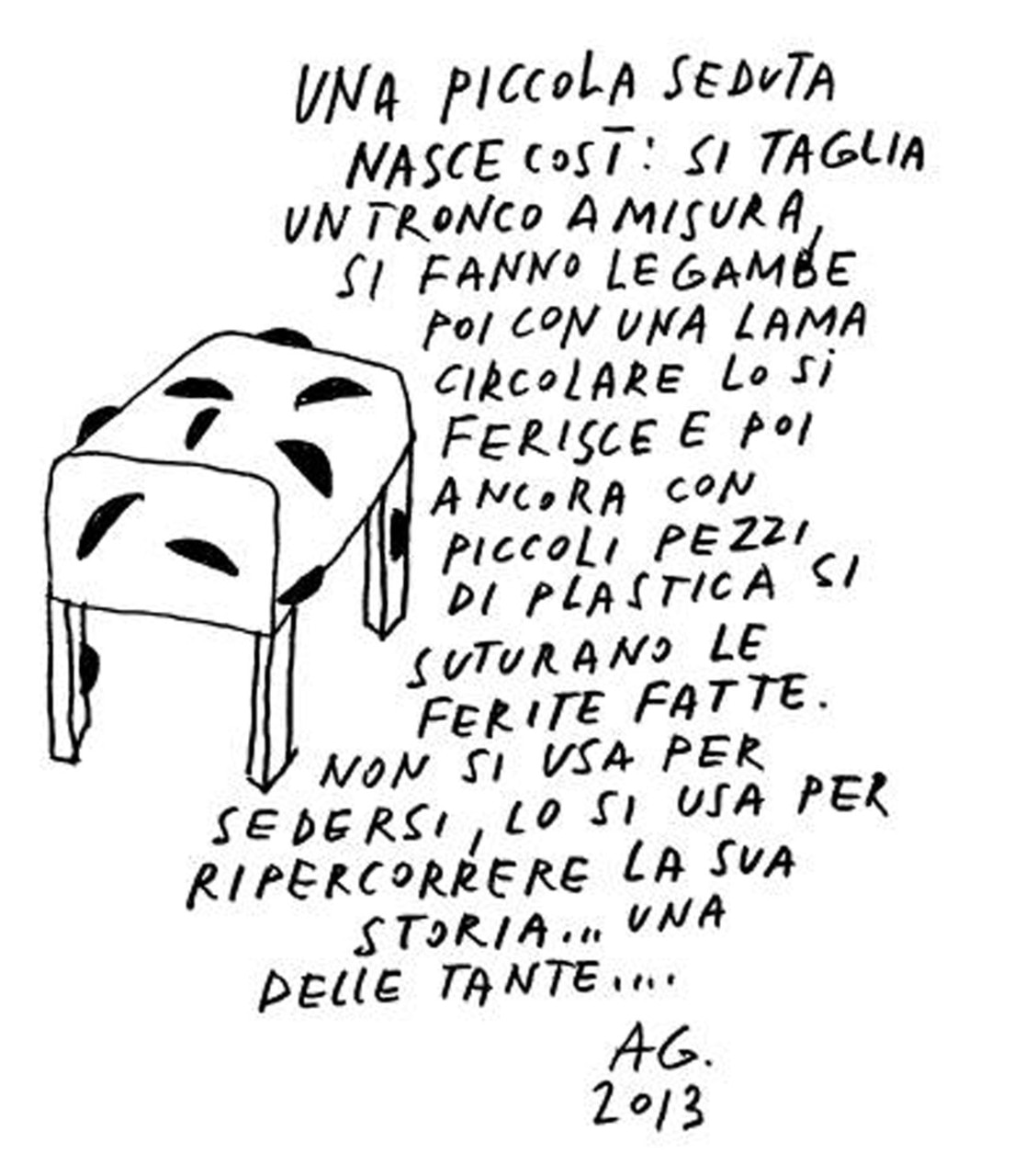
Domus: Apart from Gaber, how did this project originate?
Roberta Brambilla: Quite strangely, actually. I was at a Jill Sander sale two years ago and happened to pick up two or three garments labelled as prototypes. It made me think about the fact that no one ever sees the prototypes; in many cases, they are never known, for business or market reasons, and remain locked away in design studios. So, why not try and show them to the public?
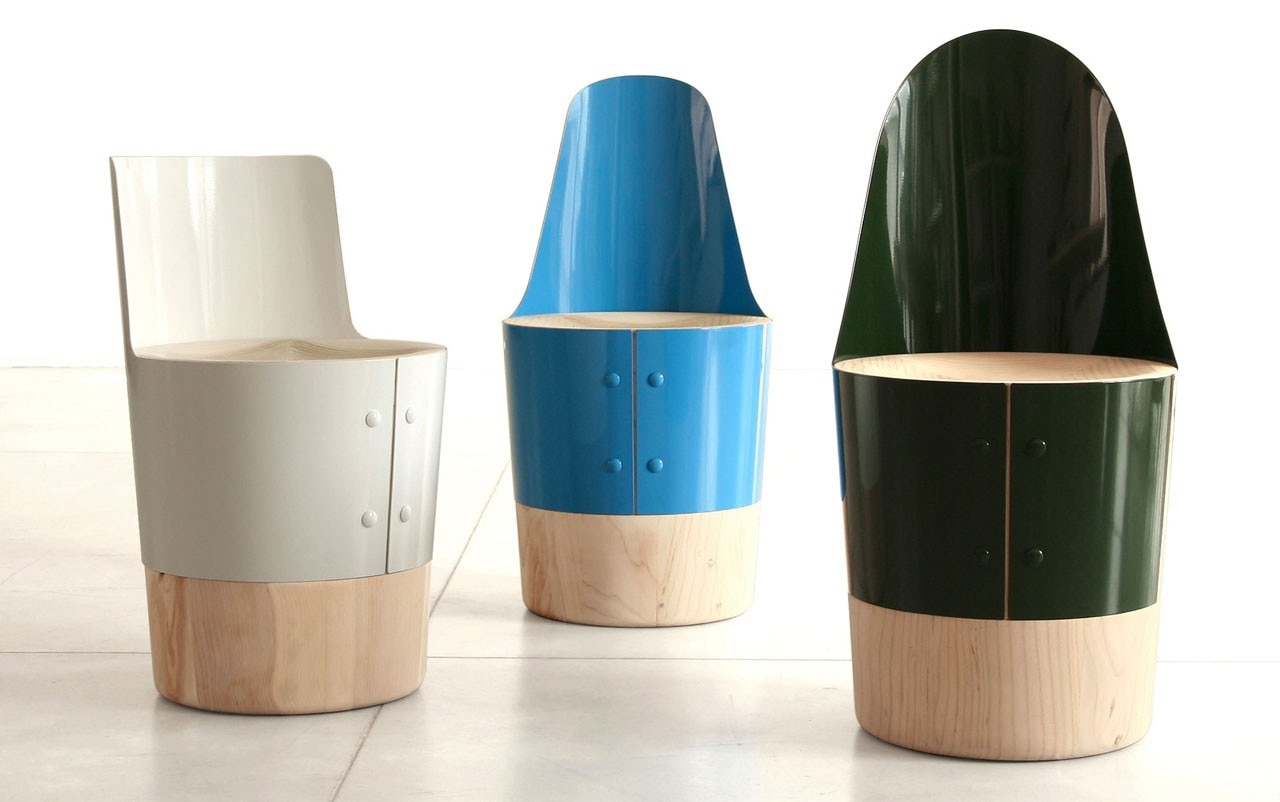
Domus: Did you do it all by yourself?
Roberta Brambilla: I was looking for an idea and wanted to do something by myself. I didn’t want to depend on anyone. I started talking about it, first of all to Michele De Lucchi who really liked the project. I realised it was worth exploring so I started knocking on the doors of the first designers. The first one was Giacomo Moor then Elia Mangia. Then came the grapevine and chain reactions of various kinds. That’s when I started conducting research on the Internet. I began with Milan but I also went well beyond it.
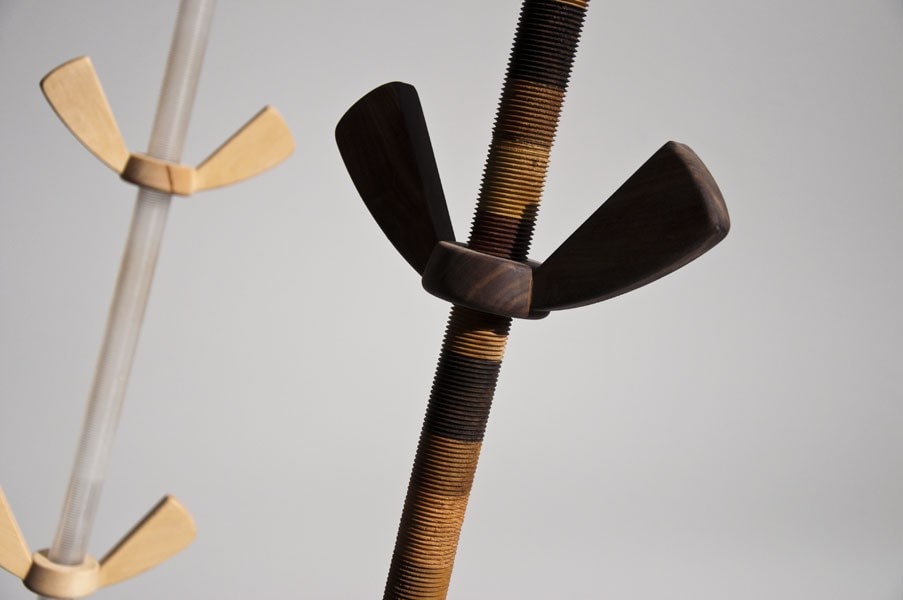
Domus: While during your research outside the boundaries of Italian production, what differences did you notice in other countries?
Roberta Brambilla: Holland, Belgium and England, for example, are far better structured. You can find well constructed websites. In Italy, there is great chaos. Everyone has a website and sometimes you find something but then can’t find it again. There is a lot of triviality here; in France, they pay more attention to what is original, unique and good quality. Let’s say that in Italy we are more superficial.
Domus: Why prototypes?
Roberta Brambilla: Because prototypes contain errors and errors are wonderful. I also feel the need to go back to the primeval gesture. The fact is we never stop to think. We don’t have the time or the inclination, even with products that are produced on a large scale.
Domus: What do prototypes have that others don’t?
Roberta Brambilla: Michele De Lucchi told this story. Hitler’s right-hand man, Joseph Goebbels, was a great Vermeer collector and enthusiast. When, to his amazement, he realised that a picture he had purchased was a fake, he had the painter brought out of prison and made him produce an identical copy before his very eyes. When he did, Goebbels exclaimed “Now I know what Evil is.” The meaning of this is that the joy of the original cannot be repeated. The enjoyment produced by a prototype is unparalleled.
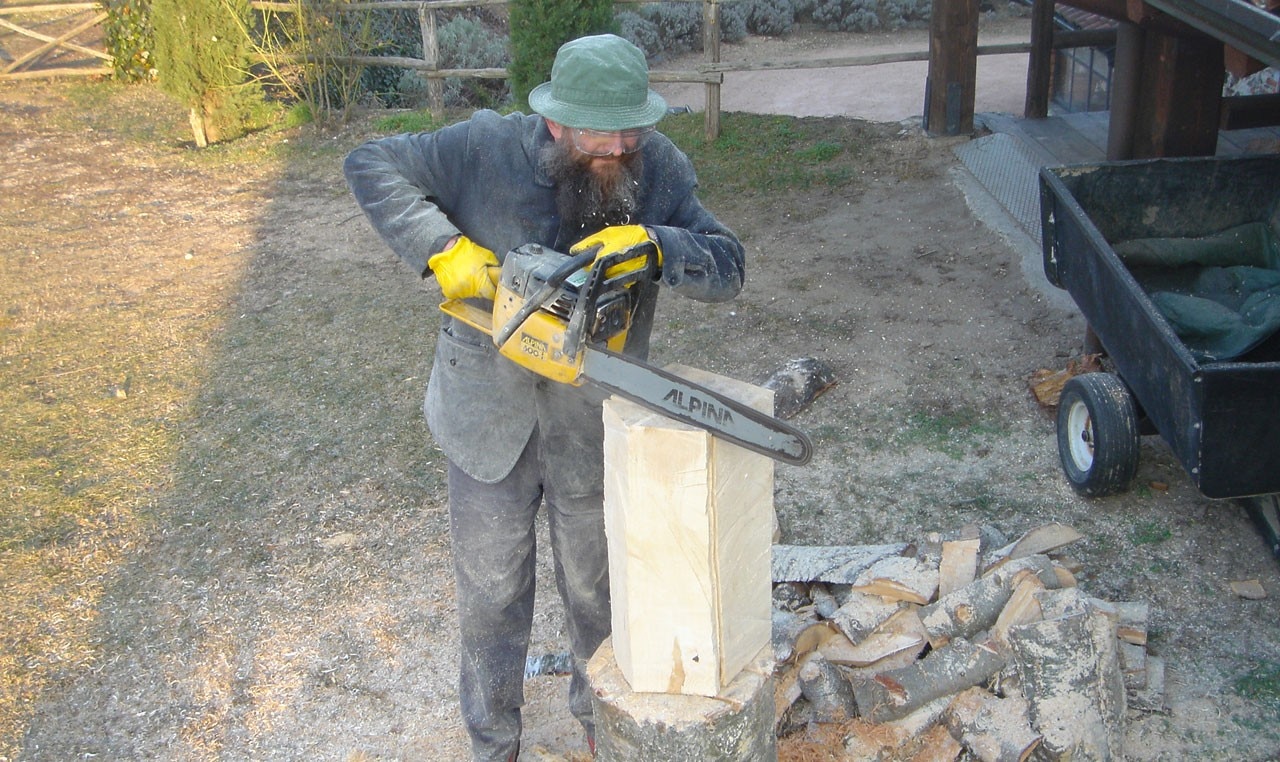
Domus: Where can we place the prototype? Art or design, art and design, art is design?
Roberta Brambilla: The reason behind the great success of Design Miami/ Basel is precisely that art and design are symbiotic. The difference is slight, although a design object not only has to be beautiful but useful, too. A sculpture is a sculpture however a designer can create the most beautiful chair in the world but if it’s uncomfortable to sit on they have failed because the piece is not a success. Design must possess two things, beautiful form and design but also more. If you think of the word art in its most common usage, I believe the error in setting it against the word design lies in the fact that when we speak of art we mean something loftier, nobler and more absolute. But a design object is all that, too.
Domus: The economic recession has highlighted how marketing inflates the real value of a product, just out of the factory. What direction is design currently taking, with so much talk about self-production?
Roberta Brambilla: Today, there is a certain awareness. In Italy, right now, we are not ready to recognise the intrinsic value possessed by an object such as a prototype. We still have people who say “I could have made that” even though, for example, Joe Colombo’s glass for smokers is a mix of originality, form and utility that cannot be replicated.
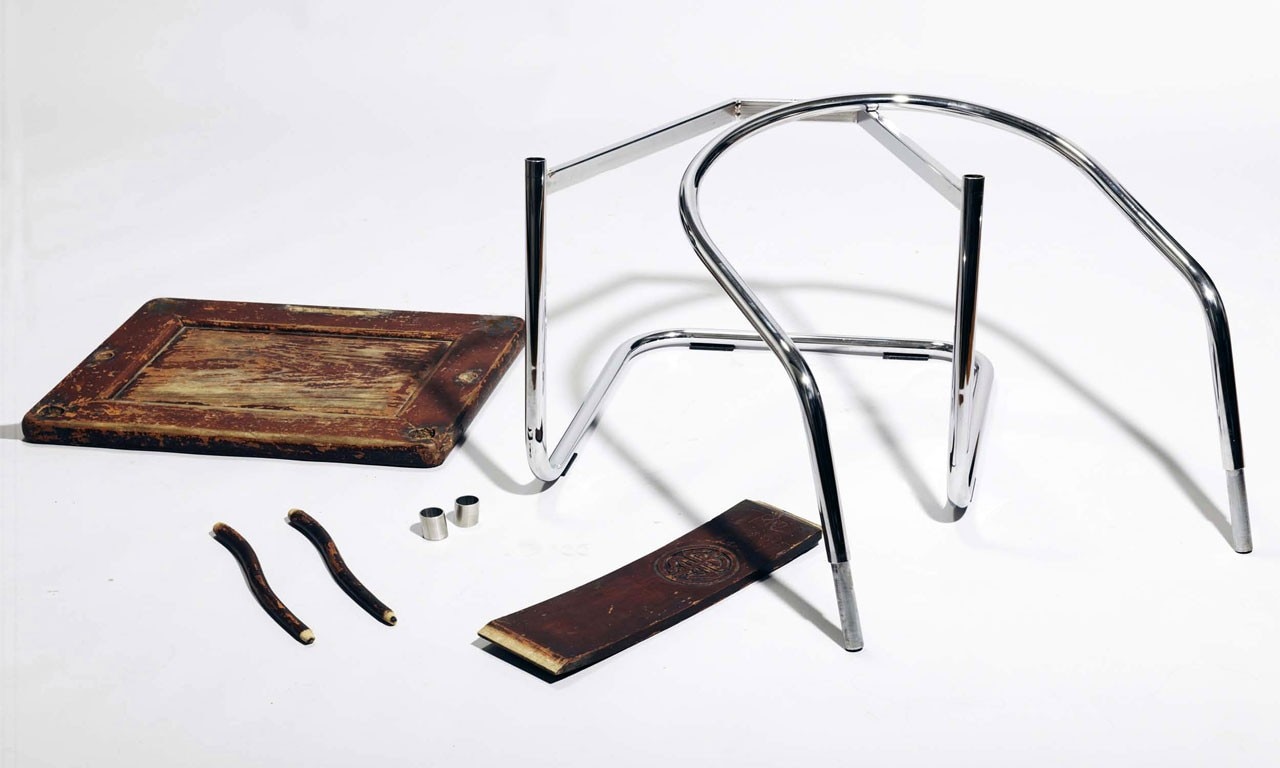
Domus: What would you like to do with My.Prototype and what is your role?
Roberta Brambilla: I don’t want to use the website to turn prototypes into artworks. Prototypes are already works of art so there is no need to turn them into anything. Unfortunately and fortunately, I don’t have the experience of someone who works in a company and is familiar with materials. I have visited all the studios. I have seen the prototypes for the first time and I have seen things that the untrained eye would not see.
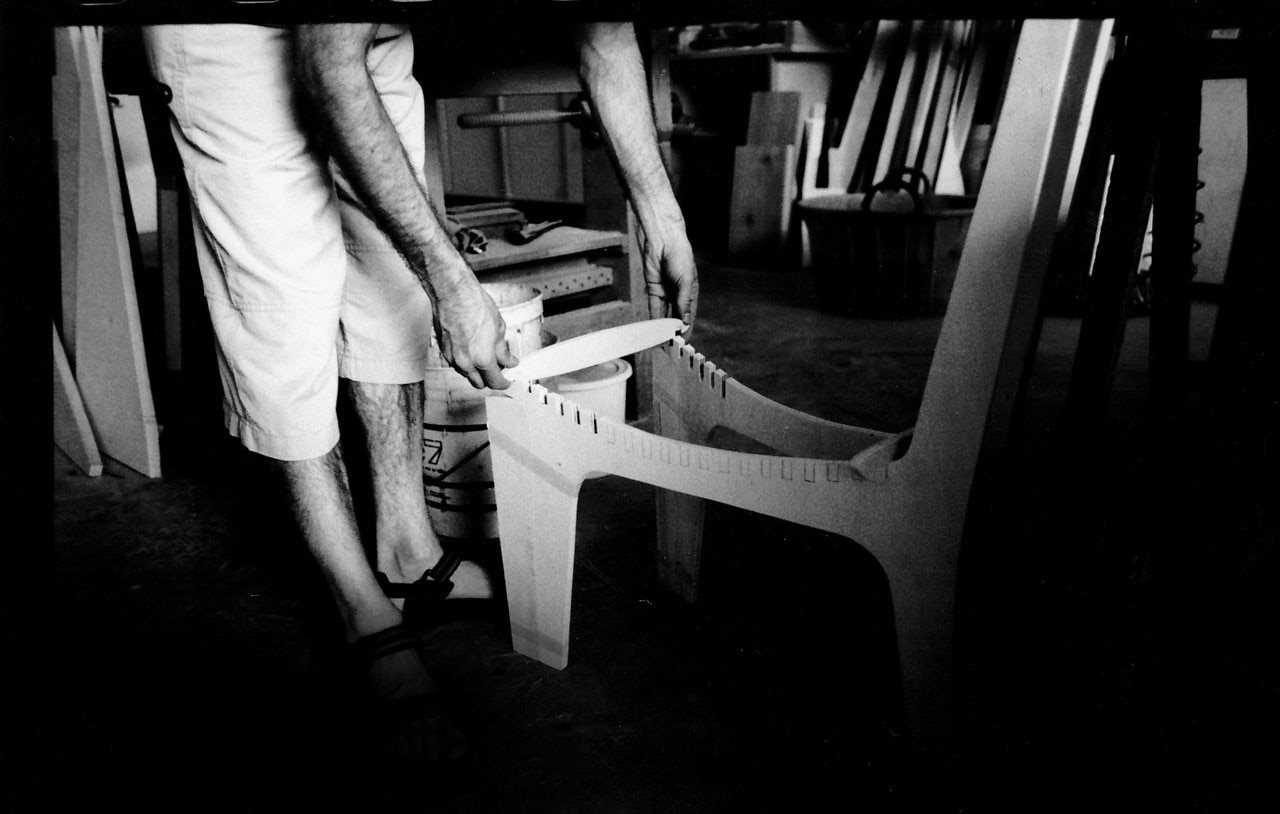
Domus: Can you go into more detail?
Roberta Brambilla: They pointed out the craft working of metal in which you can study marks that do not appear in the company’s production. They showed me details not noticed by the untrained eye and, if you aren’t observant, you won’t see them. Every detail tells a small and wonderful story.
Domus: Can you give us a practical example about a particular piece?
Roberta Brambilla: Elia Mangia’s chairs in wood with metal fitted perfectly over it. When he was making the prototype, Elia cut everything to precise calculations but then realised that the heat had expanded the wood, so he spent four days sanding it by hand.
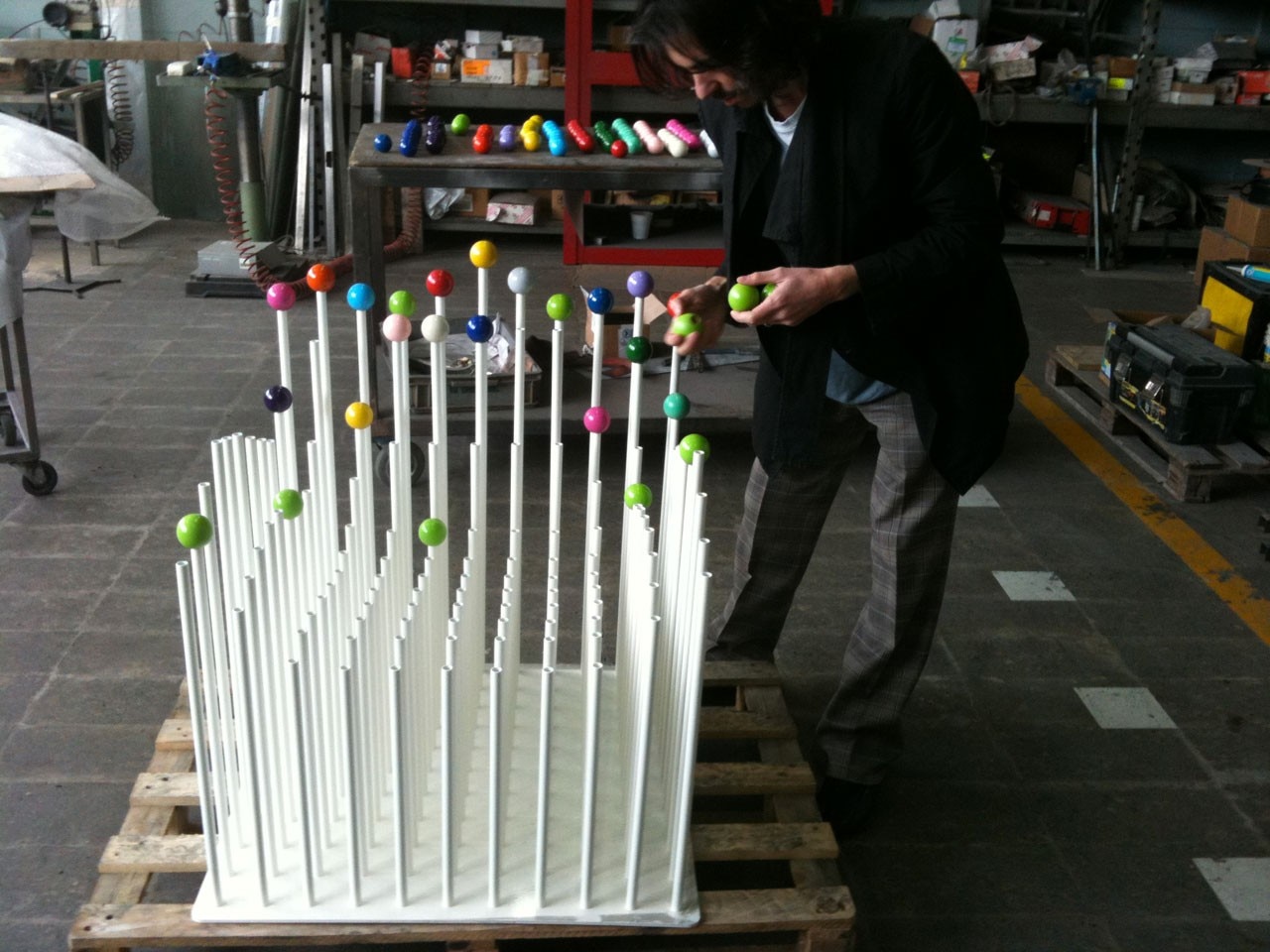
Domus: How is My.Prototype, recently opened with a presentation at the Milan Triennale, going?
Roberta Brambilla: Financially speaking nothing has taken off yet. I didn’t create this platform for the small percentage I make on the sales. I wanted to create a showcase where designers can claw back some production costs. I make contact and describe the project to them; then if they want to sell they can publish the price on the website. Although there is no attention or market yet, I am convinced that things will start to move sooner or later.
Domus: What is your dream prototype?
Roberta Brambilla: I would like to have the prototype of the Castiglioni Arco lamp and hope the archives have kept it. The great paradox is that some companies have no archives and attribute no value to prototypes. Kartell, by contrast, has wonderful archives and a museum. I’d like to raise awareness so that people can understand the work behind them and how certain forms originate. Prototypes are sometimes made inhouse, sometimes by joiners and sometimes by the designers themselves. Some cost more and some cost less than the product itself.
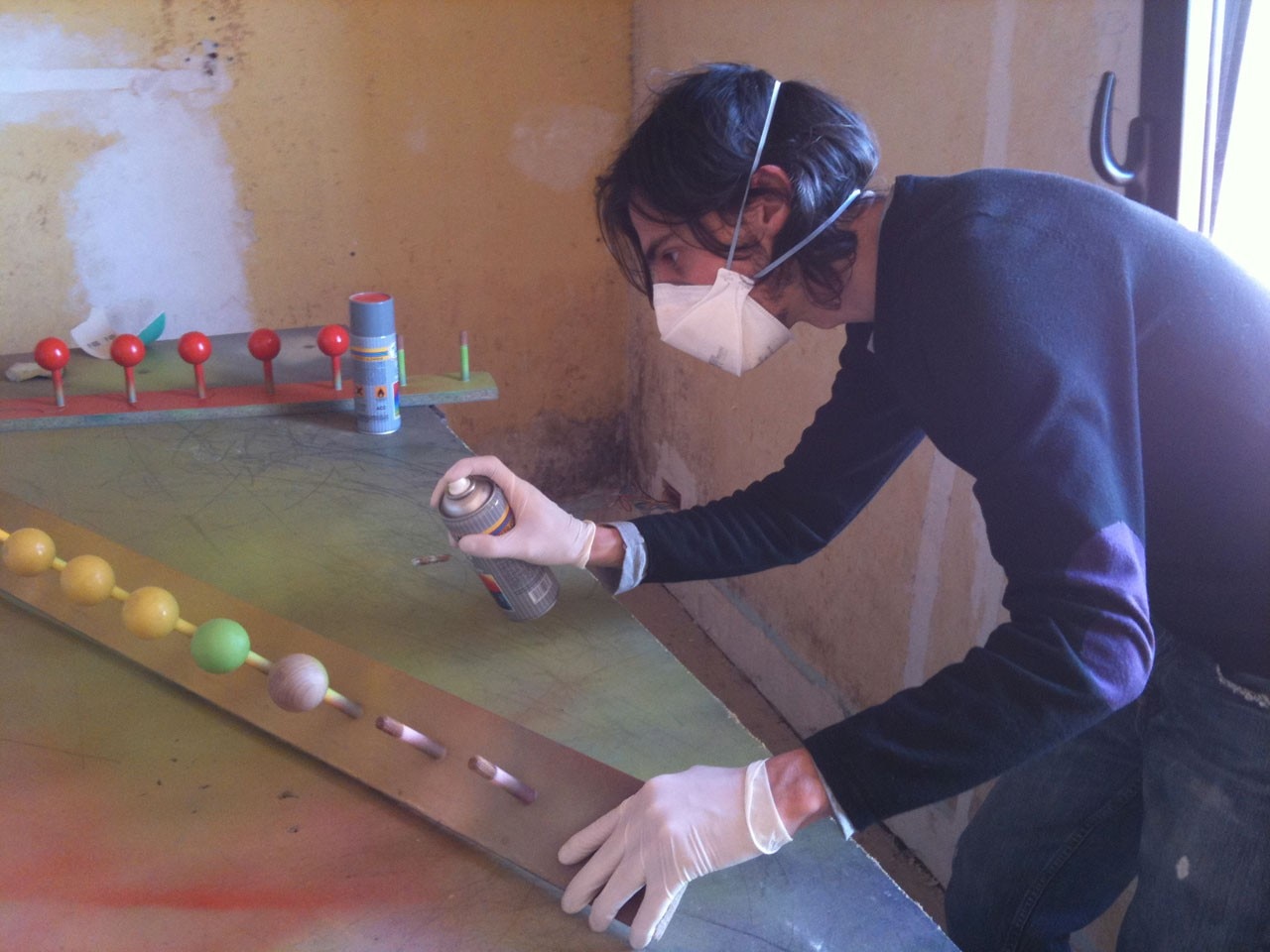
Domus: What are the next steps?
Roberta Brambilla: Plenty of research. We will soon publish prototypes by Gumdesign, Lorenzo Damiani, Paolo Ulian, David Dolcini, Philippe Nigro and Doppio Segno. I am working with Pietro Nocita who will focus on the curatorial aspect of external projects. Together, we are organising an event with the Dutch Consulate because we want to introduce foreign designers every year, focusing on a different country each time. Then we shall add another two categories, Food and Technology. We are also working on historic archives because we are anxious to focus on the pieces that have written the history of design. We hope that My.Prototype will become a point of reference.
Domus: By speaking of prototypes, we have focused on originals and mass production. This could also be considered a focus on the true and the false..
Roberta Brambilla: Yes, that’s true but something amusing happened. I received an email from a Chinese company that makes cheap prototypes and, after seeing my website, they asked me if I wanted to do something with them. They thought the prototypes were good ideas.
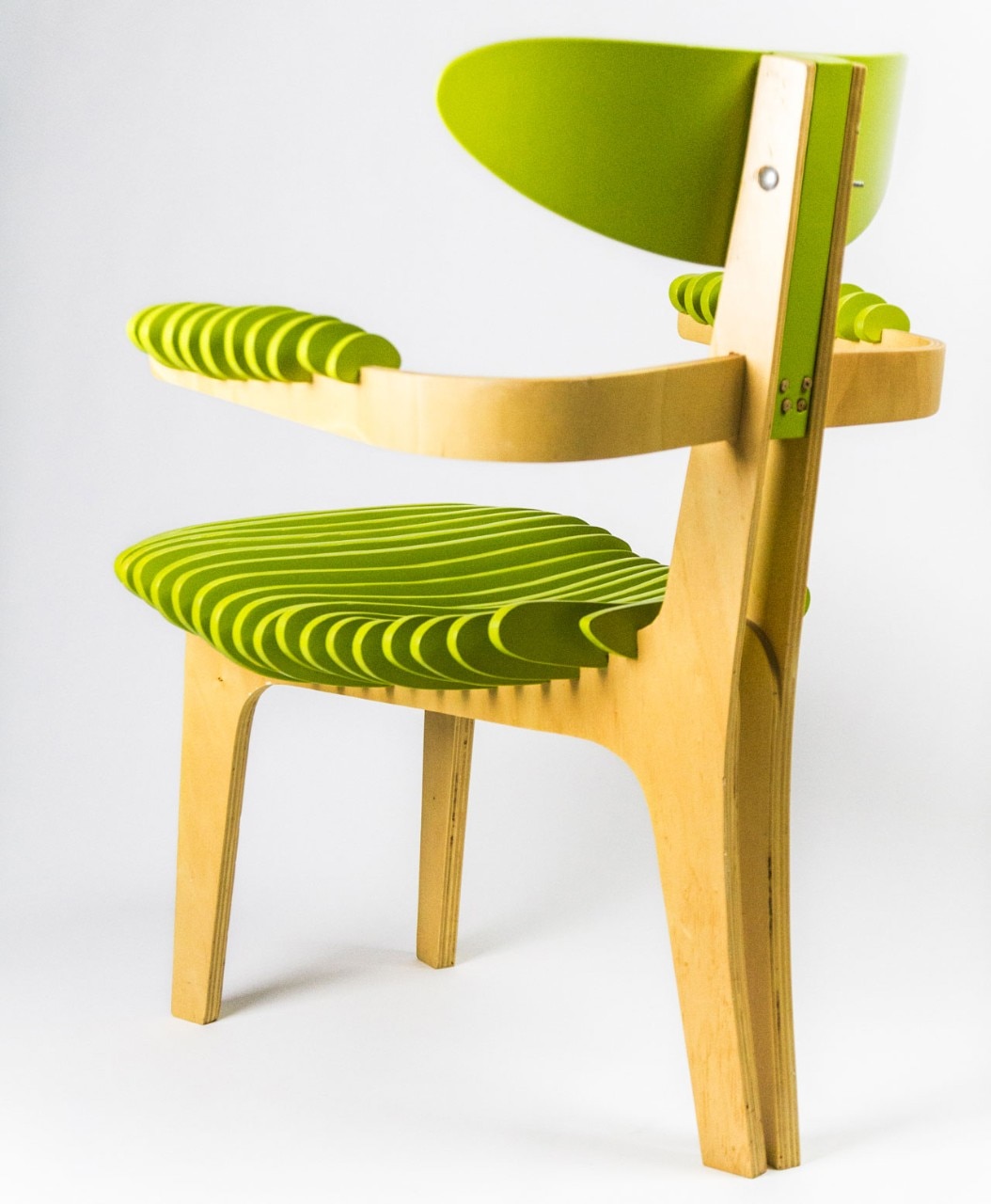
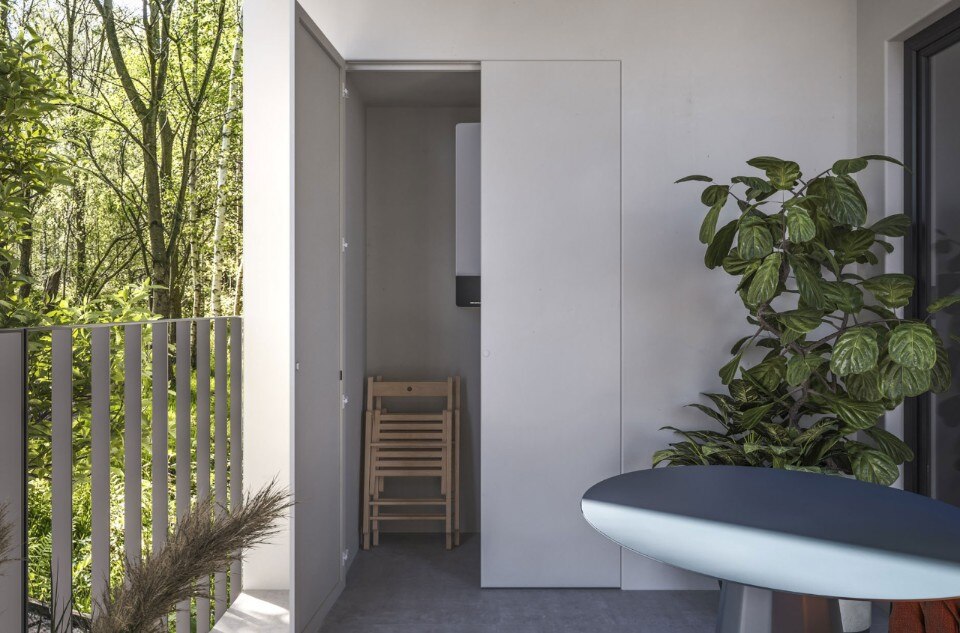
Seamless design, ECLISSE steps outdoors
ECLISSE introduces Syntesis Areo Outdoor, extending the sleekness of its flush-to-wall system to exterior applications. Robust and adaptable, it reimagines technical access points as integrated design features, ensuring a continuous aesthetic flow between interior and exterior spaces.










